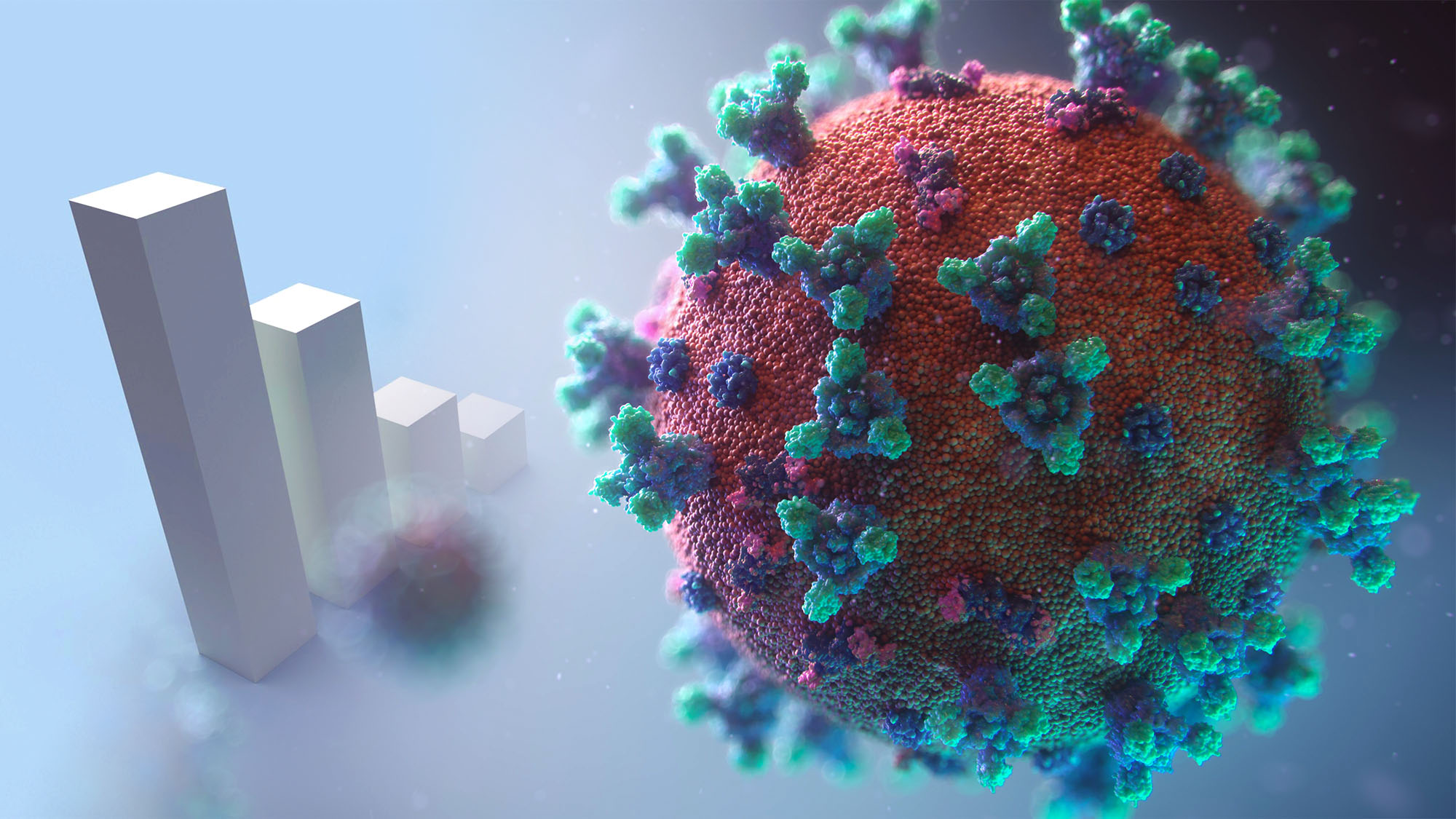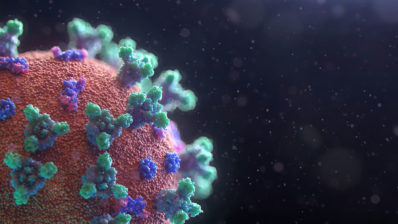Two new studies focused on the analysis of data from the coronavirus pandemic have yielded new information on the type of infection that SARS-CoV2 causes and the possibility of facilitating the development of vaccines.
COVID-19 could be a seasonal infection
A scientific team from the Barcelona Institute for Global Health (ISGlobal) found solid evidence of the stationary nature of the SARS-CoV2 infection, which would increase its incidence with the drop in temperatures and humidity.
Researchers verified the association between changes in temperature and humidity and the incidence of the infection at the beginning of the pandemic in 162 countries on five continents, as well as the different patterns of the first, second and third waves at different scales.
“This link warrants an emphasis on ‘air hygiene’ through improved indoor ventilation, as aerosols are capable to persist suspended for longer times”
Xavier Rodó, director of the Climate and Health programme at ISGlobal and coordinator of the study
Mathematical models for vaccine development
A study in which the Department of Experimental and Health Sciences, Pompeu Fabra University (DCEXS-UPF) participated, used a mathematical model to better understand the immune response against viruses and optimize the generation of immunity in the body during the vaccine development process.
“Our considerations may help to simplify the technical challenges for novel vaccines and thus be of some practical use for healthcare”
Andreas Meyerhans, DCEXS-UPF, co-author of the study
From the study of the role of antibodies and cytotoxic T cells – the two branches of the immune system – during infection, researchers have provided a mathematical model that could represent a theoretical alternative to facilitate the design of vaccines.
Fontal A, Bouma MJ, San José A, Lopez L, Pascual M, Rodó X. Climatic signatures in the different COVID-19 pandemic waves across both hemispheres. Nature Comput Sci. 2021.
Bocharov G, Grebennikov D, Argilaguet J, Meyerhans A. Examining the cooperativity mode of antibody and CD8+T cell immune responses for vaccinology. Trends in Immunology, September 2021.






